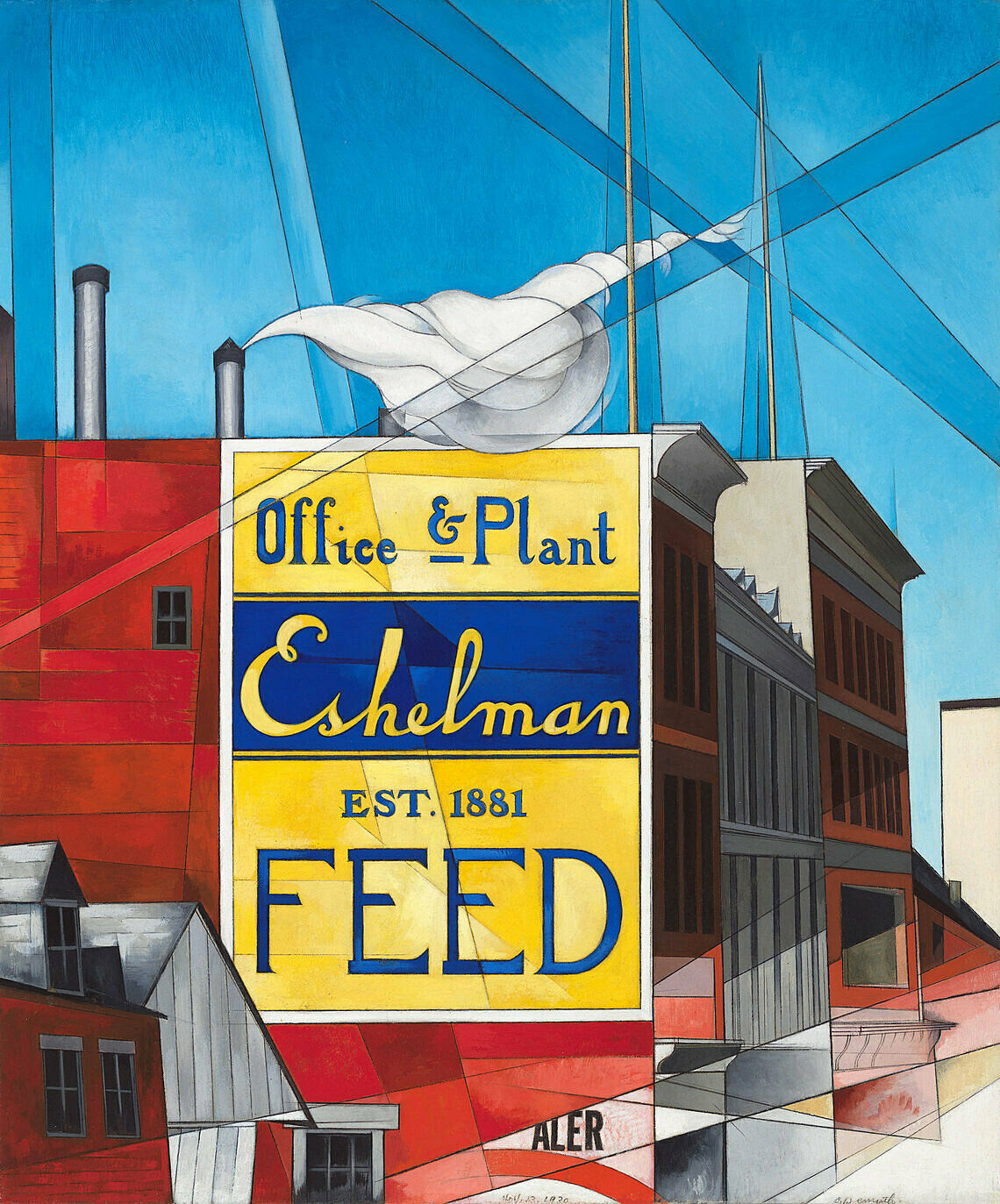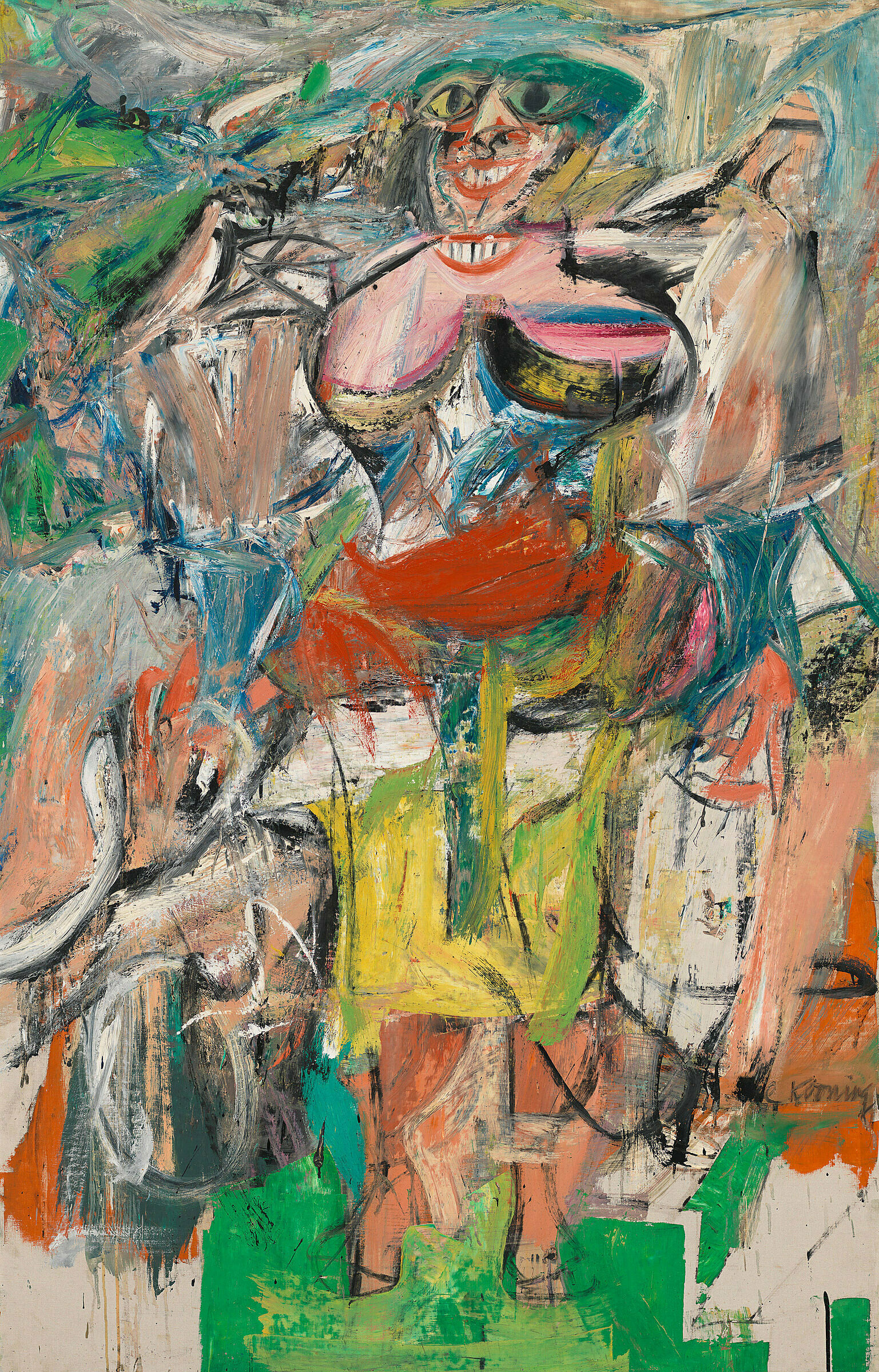Bill Traylor
1854–1949
Bill Traylor was born into slavery on a plantation in southern Alabama and after the Civil War remained on the farm as a sharecropper until approximately 1928, when he found himself isolated, when, as he explained, the “white folks had died and [his] children scattered.” He moved to nearby Montgomery, spending nights sleeping in a funeral parlor and days sitting outside the local pool hall in the city’s lively black business district. There, at age eighty-five, he began to sketch on pieces of cardboard, creating more than 1,200 drawings that depict recollections of his Benton years and observations from the streets of Montgomery. The drawings caught the attention of Charles Shannon, a young white artist who furnished Traylor with art supplies and purchased or safeguarded many of the works, giving them descriptive titles.
For Traylor, drawing was a visual form of storytelling. In Man in Blue House with Rooster a figure sits on a chair in the doorway of a house with his feet elevated against the doorframe and head tipped back, a cigarette in hand; a rooster stands at the crest of the roof. The composition is unusual for Traylor. The house, with its strong red outline, fills almost two-thirds of the page; more commonly, his scenes appear to float in a dreamlike world. Traylor often depicted scenes of animals interacting with human figures, and the bird is a recurring symbol in his work. His images have been understood variously as political commentaries on race relations in the Jim Crow South, representations of African spiritualism passed along by slaves, visual manifestations of blues music, or more personal narratives.
Introduction
William Traylor (April 1, c. 1853 – October 23, 1949) was an African-American self-taught artist from Lowndes County, Alabama. Born into slavery, Traylor spent the majority of his life after emancipation as a sharecropper. It was only after 1939, following his move to Montgomery, Alabama, that Traylor began to draw. At the age of 85, he took up a pencil and a scrap of cardboard to document his recollections and observations. From 1939 to 1942, while working on the sidewalks of Montgomery, he produced nearly 1,500 pieces of art.
While Traylor received his first public exhibition in 1940, it was not until 30 years after his death that his work finally began to receive broader attention, in the late 1970s. Recent acceptance of Traylor as a significant figure of American folk and modern art has been founded on the efforts of Charles Shannon, as well as the evolving tastes of the art world. Shannon, who first encountered Traylor's work in 1940, brought Traylor to the attention of the larger art world. Traylor now holds a central position in the fields of "self-taught" and modern art.
Wikidata identifier
Q862623
Information from Wikipedia, made available under the Creative Commons Attribution-ShareAlike License . Accessed November 21, 2025.



